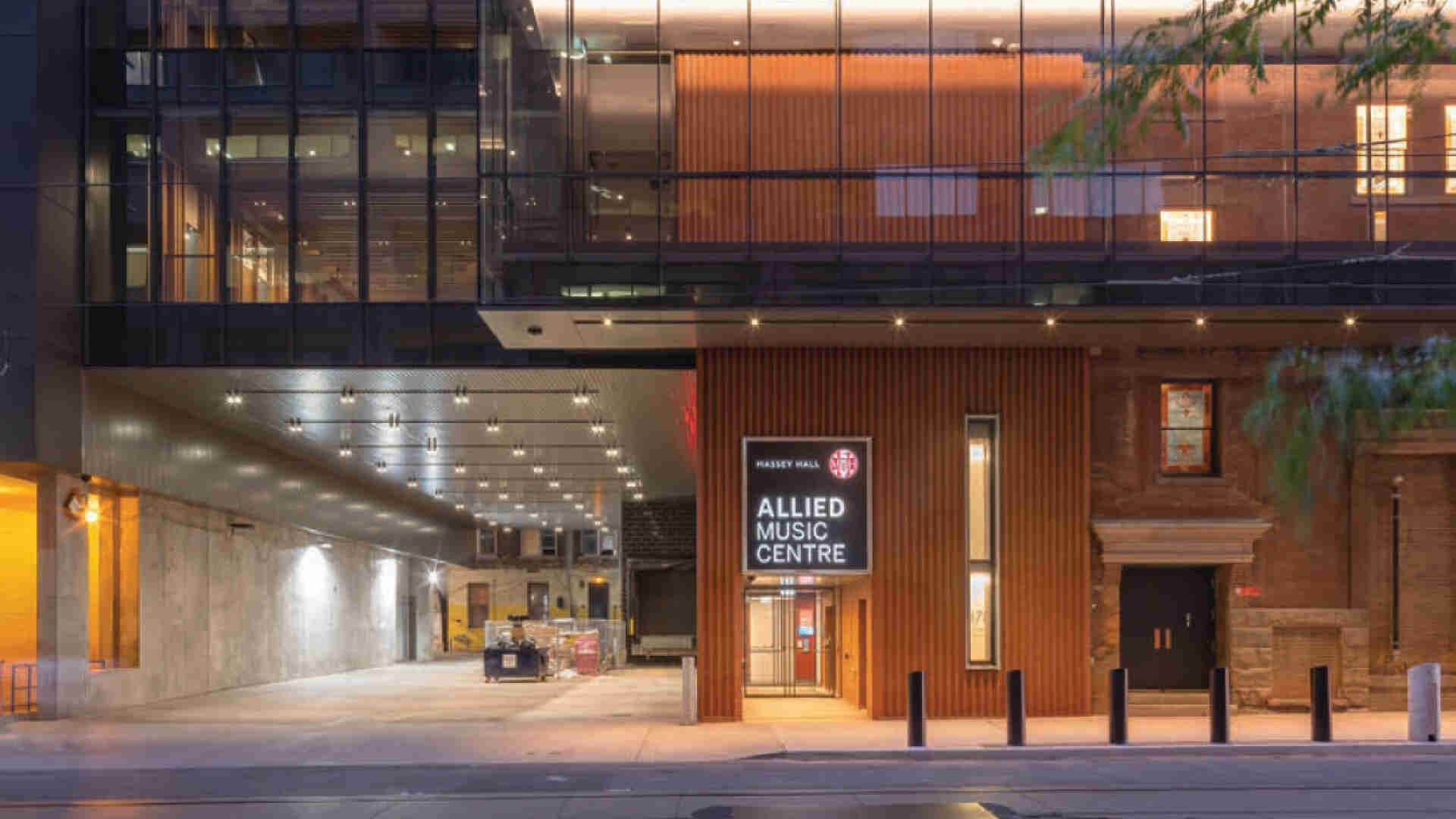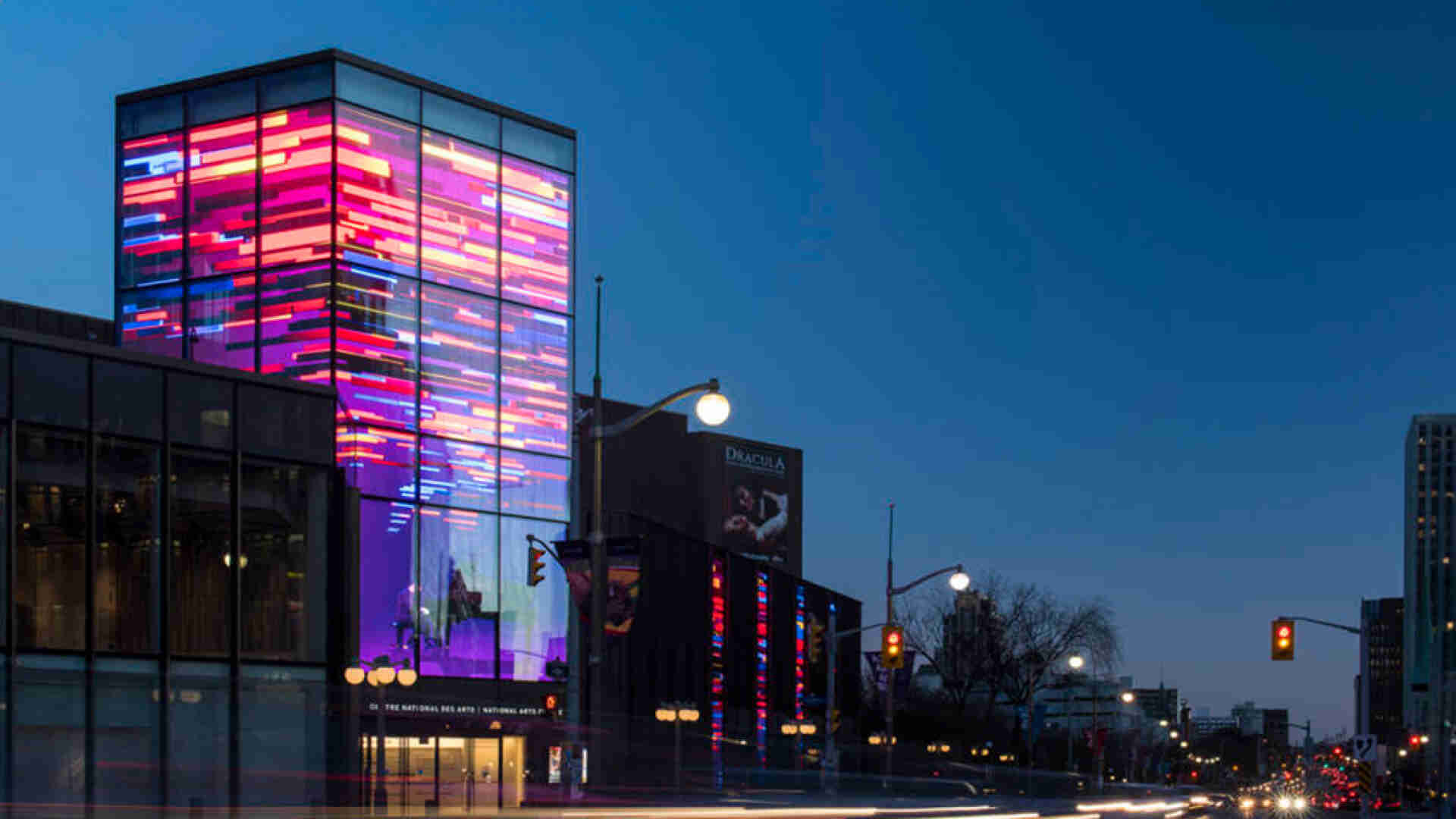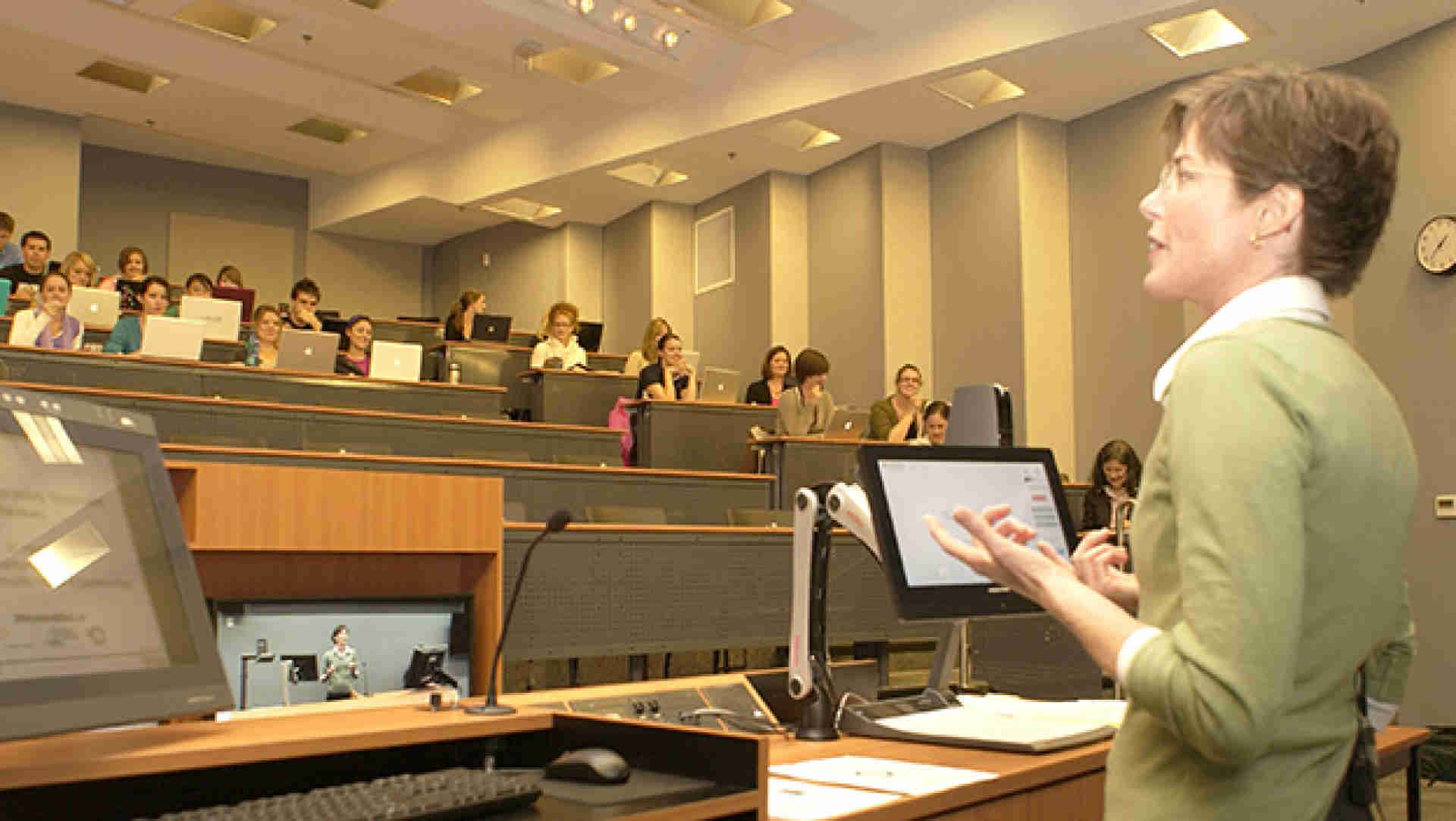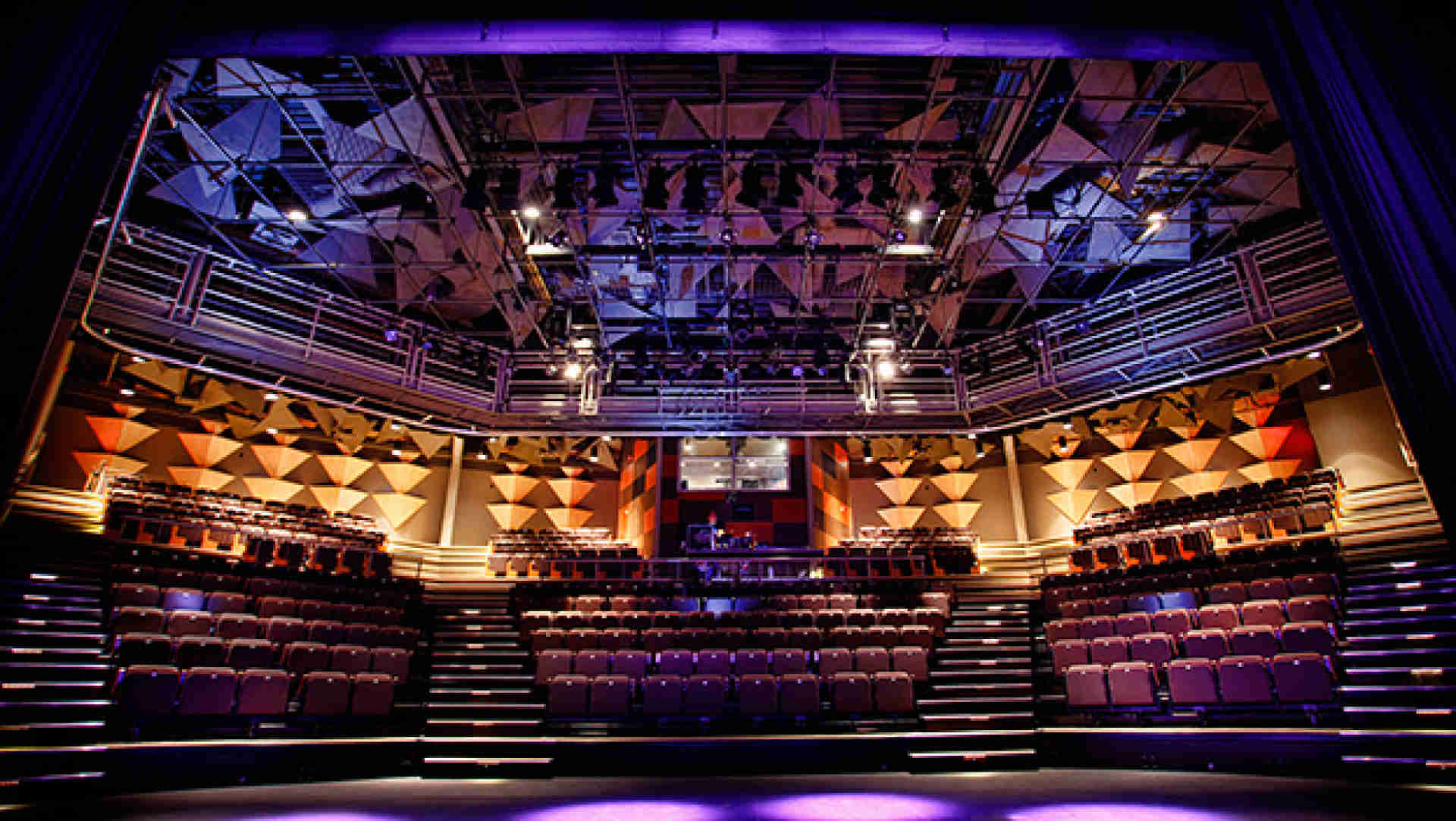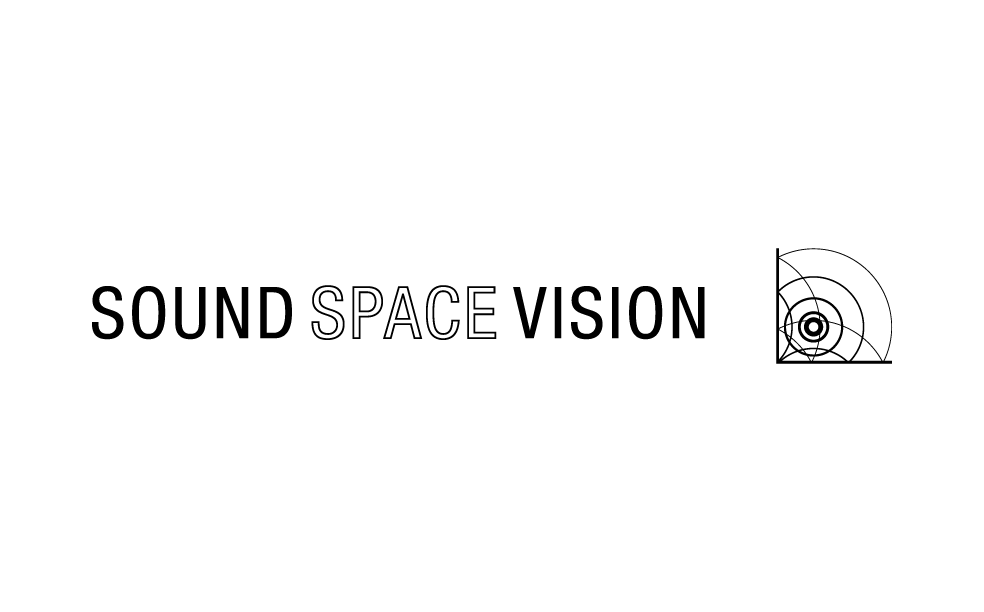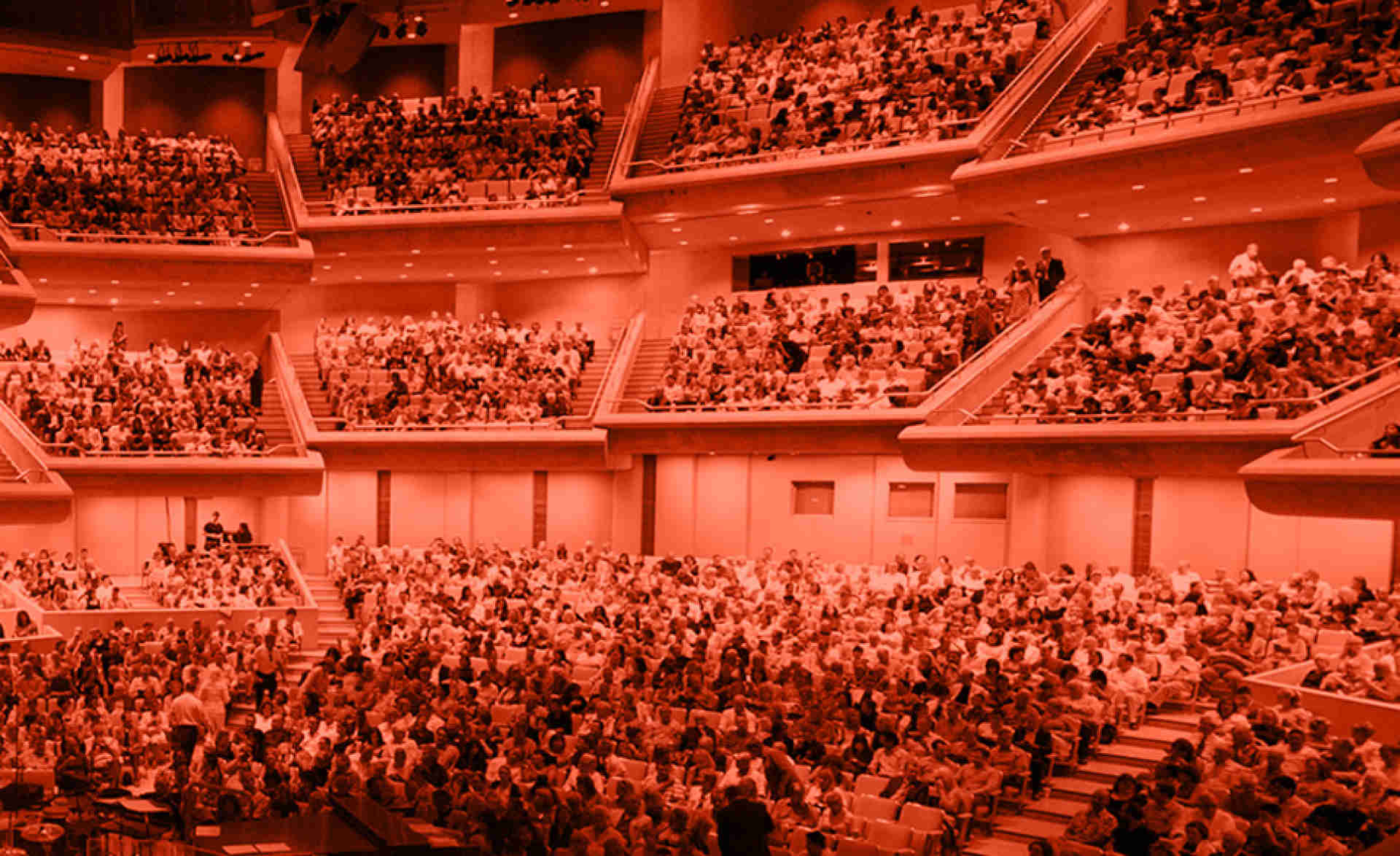A Revamped Rig for the Main Room at the Chan Centre for the Performing Arts

In early 2009, the Chan Centre’s Co-Managing Director, Cameron McGill, placed a call to Engineering Harmonics’ Manager of Western Canada, Paul Alegado, to review the Chan Shun Concert Hall’s existing reinforcement system.
“After a short meeting to review the scope of work and to see the hall, I submitted a proposal to perform a needs analysis review,” Alegado recalls. “Our proposal was accepted, and the ball started rolling from there.”
The firm’s primary goal was to assess the existing system and provide recommendations based on both the present and projected needs of the hall. Key components outlined by Alegado included an upgrade to the centre loudspeaker cluster to provide intelligible audio throughout the entire hall – a lingering issue for engineers in amplified applications due to the hall’s lively acoustics – along with a permanent left-right performance system to support higher-volume performances and negate the need to, as had increasingly become the case, rent outside equipment.
“The original PA was just a centre cluster; there was no left/right,” says Owen Schellenberger, the venue’s Technical Director who has been working at the Chan Centre full time for over a decade. “That simply wasn’t sellable to promoters.” Addressing that same concern, Alegado proposed an upgrade to digital desks for the FOH and monitor positions.
An upgrade to the AV infrastructure was proposed to support various new audio and video formats, including a new digital signage system for public and back-of-house spaces to show production video from the hall as well as to promote upcoming events and patch into the University’s campus-wide signage content.
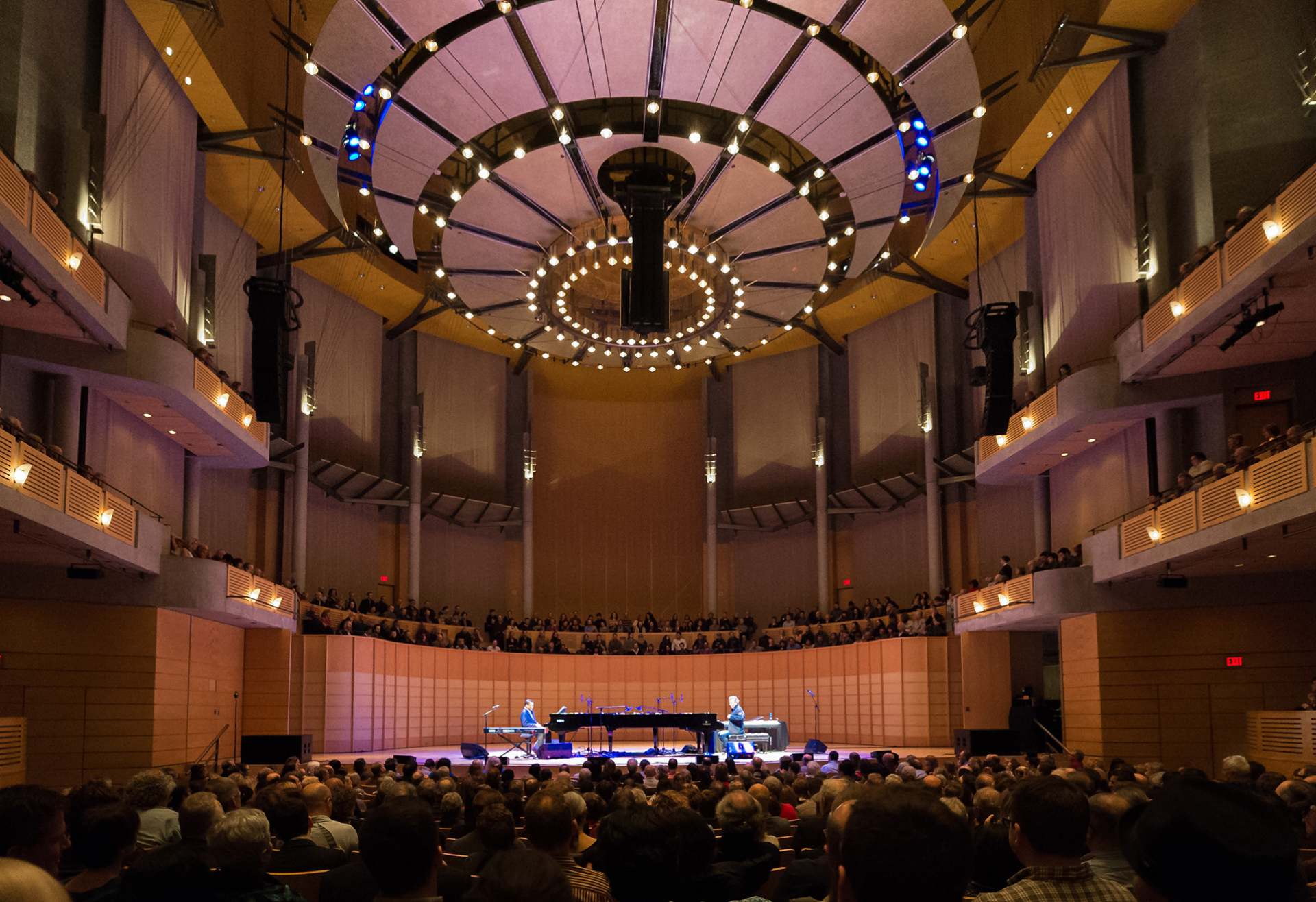
Alegado’s proposal and associated cost estimate were used as the basis for a federal grant application—one that was eventually approved. With the plan in place and on paper, the Chan Centre and Engineering Harmonics opened the project to tender.
In January 2013, Sapphire Sound, with offices in both Vancouver and Abbotsford, BC, was awarded the contract and the firm’s electrical contractors started work the first week of February. The timelines were tight, but all involved were seemingly up to the task.
“To meet those timelines, we arranged to have most of the product drop-shipped to the site to save us a few days,” explains Harold Wiens, President of Sapphire Sound. “It all arrived the day before we started rigging the left/right arrays.” Sapphire’s various crews onsite throughout the job were led by Project Manager John Powell.
One major challenge the team faced was the many reflective surfaces that wrap the room and contribute to its highly reverberant acoustics. While the space is outfitted with retractable drapery that drastically dampens its acoustics, the aging centre cluster was originally intended to reinforce the classical, orchestral, and vocal performances befitting such a space; however, certain sections—especially those behind the stage, a choir loft occasionally sold as additional seating—were notoriously problematic. “We were often required to add loose elements to compensate,” shares Schellenberger, “which never really sat well with the acoustics of the space.”
To combat this, Alegado outlined a digitally steerable array solution in a 360-degree configuration to maximize intelligibility, meaning sound could be focused to seating areas while avoiding the hard surfaces. Engineering Harmonics recommended Meyer Sound’s CAL solution, which was a new product at the time. “[CAL] demonstrated that it could achieve our goals, not only with regard to focusing audio, but also achieving the desired output levels.” This meant the cluster could also be employed as the centre channel for lowto medium-volume musical applications in tandem with the performance left/right arrays.
The final solution employed three CAL 32 modules, with 32 individual speakers, amplifiers, and DSP units, and three CAL 64 modules, with 64 each of the corresponding specs. The modules allow for manipulation of the beam splay from 5 to 30 degrees in 5-degree increments, and up or down 30 degrees on the vertical axis in 1-degree increments.
“These were the first installed CAL systems in Canada, and were very interesting for us to install and commission,” remarks Wiens. “The amount of processing power of each module is remarkable and we were all very interested to hear what they sounded like for the first time. The intelligibility and control of each module is impressive, to say the least.”
A challenge related to the centre cluster and left/right arrays, as Wiens explains, was the fact that they would all be used at various trim heights. “Because of this,” he begins, “the arrays had to be configured with easily recallable presets to accommodate those heights.” This required hours of testing and tuning to optimize performance in various configurations.
He elaborates: “The left/right winches are programmed to stop at the same locations so the line arrays keep the consistent trim height where the system is tuned. The centre channel system had a few more challenges. Together with Owen Schellenberger, Technical Director for the Chan Centre, four trim height locations were selected during the commissioning of the centre cluster. At each trim height, the CALs were digitally steered and tuned for that location and presets were stored on the Compass control software where they can easily be recalled by the operators.”
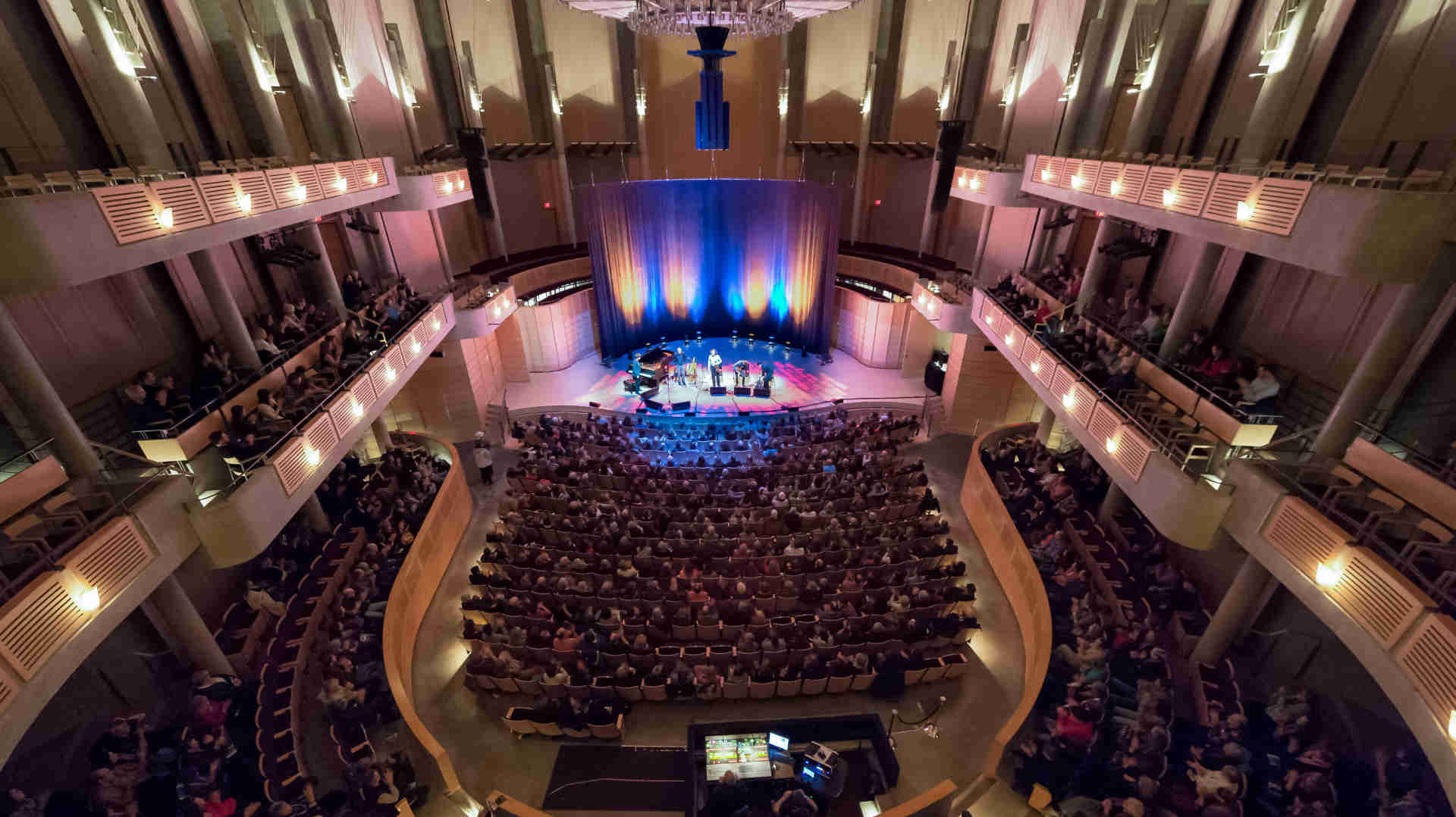
Wiens also notes that west coast rep Shawn Hines and President Bob Snelgrove of GerrAudio, then Meyer Sound’s Canadian distributor, were instrumental in the implementation of the Meyer components, specifically the SIM analysis of the space and the tuning and programming of the CAL modules and Galileo loudspeaker management system.
The final struggle pertaining to the centre cluster was that it would have to fit the existing hole in the overhead acoustic canopy, so that it could rise out of sight when not in use. “It was only because of today’s technology this could be done,” Alegado notes. “Had the project been only five years earlier, I doubt that we could have been able to achieve our goals.”
For the aforementioned performance arrays, a central stipulation was finding a loudspeaker small enough to fit in the available space while yielding the desired output and full-frequency sound. Several models were considered, and ultimately, Meyer Sound’s MINA compact array speakers were selected – just over 18 in. long. The performance system is comprised of 10 MINA boxes per side and boosted by one pair each of 500-HP and 700-HP subwoofers. Several UPM fullrange boxes are loaded under the balcony and at the front of the stage to round out the rig as fills.
“Speaking to quality, this system is a marked improvement,” says Lloyd Balser, Assistant Head Audio at the Chan Centre. “Any seat I’ve checked out has good coverage, and some are really superb. It’s really brought intelligibility through the roof; it’s so strong in that regard.” Balser and Schellenberger also note that, with both rigs on winches and pre-tuned at the various trim heights, set-up time for the typical show has been reduced to one-third of what it once was.
In addition to size, the MINAs’ operational silence was a desirable trait – particularly notable in this case as the modules are self-powered but employ convection cooling. “Because of the acoustics of the space,” Alegado says, “any noise would simply be accentuated.”
A digital desk was designated to drive the two rigs, and though ease of operation was a concern, so too was the venue’s increasing use as a roadhouse for visiting productions. Avid’s Profile platform was selected for both the main and monitor console, the latter driving the Chan Shun’s new complement of Adamson monitors and Lab.gruppen amps, purchased just prior to this most recent phase, and also mobile for use in the 275-capacity TELUS Studio Theatre.
The choice to go digital was also made so the desks would sync harmoniously with the simultaneously-sold fibre network, allowing users of the centre’s various facilities to send or receive audio to and from other spaces and also ideal for remote recording and broadcast situations. “We knew that fibre would reject electromagnetic interference for those applications,” adds Schellenberger.
An Optocore network solution with several MADI interfaces was proposed and implemented, based in large part on its success in a nearby venue – GM Place, home of the NHL’s Vancouver Canucks. “We reviewed the GM Place installation and found the fibre system very impressive,” Alegado says, also crediting Contact Distribution, Optocore’s Canadian distributor, for their support, service, and attention to detail.
End points were placed throughout the Chan Centre at the Chan Shun’s two mix positions, a broadcast position in the loading dock area, and one each in the TELUS Studio Theatre and Royal Bank Cinema – no easy feat considering the building’s existing infrastructure and interior design.
“Because this was an existing facility, locating fibre endpoints was not as easy as simply pointing to rooms and saying, ‘I want it there,’” says Alegado. “An intimate knowledge of the existing conduit infrastructure was needed to determine where practical locations could be chosen with a minimum amount of additional conduit.”
Those considerations presented a similar challenge when it came to the digital signage system – an entirely new aspect of the Chan Centre. A Crestron Digital Media 32 x 32 system was purchased and the existing RG-59 cabling was replaced by new RG-6 standard, as well as 3G-SDI-compliant patching and routing gear. The video infrastructure will also be a boon for campus initiatives such as commencement ceremonies or special lectures, which can be recorded in HD.
“New signal pathways had to be designed to accommodate the desired display locations,” Alegado explains. “We were very sensitive to the existing interior design of the hall, especially the lobbies. Bare conduit on concrete walls wasn’t acceptable; special wire ways were required to minimize the visual impact of the video and power signals going to the various displays in the lobbies.”
Alegado shares that the overall design had to be flexible to accommodate the various events the hall plans to host, but still be simple to operate for its technical staff. “Easeof- use and education were major factors in the design and implementation of the sound and video systems,” he says.
On the education front, in addition to training on certain components from the teams at Sapphire and GerrAudio, some of the Chan Centre’s regular operators received Avid training and certification through Coquitlam, BC’s Gearforce and Optocore training from Optocore and BroaMan support engineer Kari Eythorsson.
Alegado reiterates how modern technologies were instrumental in the completion of this project considering its rigid requirements and parameters. “It’s inspiring to see innovations in the AV industry that help us in system design,” he muses. “It should remind all of us as manufacturers, designers, and integrators that continuous collaboration is needed to design and build equipment that performs better, is easier to use, and yes, costs less.”
Speaking more to “continuous collaboration,” Alegado adds: “It was impressive to see all the parties deeply involved in the design and implementation of the project. Everyone treated this as a ‘flagship’ project for their respective companies.” He attributes that to the Chan Centre being identified early on as a “complex project,” where “everyone put their best foot forward in the design and implementation.”
Wiens adds that the project offered a wealth of resources to draw from for Sapphire’s future projects. “There are always things that can be learned from any new project we’re a part of, and the Chan Centre was no different,” he says. “We knew going in that there would be challenges because of the structure itself, the very busy schedule of the Chan Centre, and the scope of work. We have learned to surround ourselves with trusted experts, to stay focused on the details, and to bring everything we have learned through our years of experience to make sure each project is successful.”
From an administration point of view, Schellenberger shares that the enhanced quality and ease-of-use of the new systems makes the venue “that much more competitive” when it comes to attracting top-tier productions, and even for a space as acoustically rich and architecturally stunning as the Chan Centre for the Performing Arts, being competitive is critical to ongoing success.
